In this article, we explore the topic of using a Siemens PLC for temperature control via thermocouple signals. We begin by briefly introducing the concept of a Siemens PLC, highlighting its key features. Next, we discuss the basics of thermocouple signals and temperature control, highlighting their importance in industrial processes. We then move on to discuss how to use a Siemens PLC for temperature control, starting with the connection of a thermocouple. We analyze the thermocouple signal and develop a relevant program for temperature control using a PID algorithm. We also discuss the construction of a control loop and the importance of program optimization and troubleshooting. Additionally, we list some safety precautions, accuracy concerns, and maintenance tips that should be kept in mind when using thermocouples. Finally, we conclude by discussing the potential applications and future development of Siemens PLCs in industrial automation.
I. Introduction to Siemens PLC
A. Definition of a PLC
A Programmable Logic Controller, commonly known as a PLC, is a digital computer widely used in industrial automation to control various mechanical and electrical equipment. A PLC reads input signals and controls output signals based on pre-set programs, thus enabling automation control.
B. Features of Siemens PLC
Siemens PLCs are renowned for their high performance, user-friendliness, and strong scalability. As a leading supplier of industrial automation, Siemens PLCs command significant market share within the industry.
II. Thermocouple Signals and Temperature Control
A. Basics of Thermocouple Signals
A thermocouple is a sensor that measures temperature through a thermoelectric circuit formed by connecting two dissimilar metal wires. The thermal gradient between the two wires causes a small electric current, which can be utilized to measure temperature.
B. Importance of Temperature Control
Temperature is a critical parameter in many industrial processes. For example, in heat treatment, temperature control is necessary to achieve desired hardness, quenching properties, and other mechanical properties, while in plastic processing, temperature control is necessary to regulate softening points and fluidity. Precise temperature control is essential for maintaining product quality and optimizing production efficiency.
III. Using Siemens PLCs for Temperature Control
A. Connecting a Thermocouple
Before using a thermocouple for temperature measurement, it needs to be connected to the Siemens PLC correctly. It is essential to select the appropriate thermocouple type and connect it to the input module of the PLC.
B. Analyzing Thermocouple Signals
Next, we need to analyze the signal transmitted from the thermocouple to the PLC. The signal is a weak current that needs to be amplified and converted. After processing, we can display the temperature value on the PLC screen.
C. Developing Relevant Programs
We need to develop a relevant program to control temperature using the Siemens PLC. Program design considerations include the use of PID control algorithms and adjusting related parameters according to practical situations.
IV. Implementing Temperature Control with Siemens PLCs
A. Constructing a Control Loop
To achieve temperature control, we need to construct a control loop within the Siemens PLC, connecting various components such as relays, counters, and actuators to achieve the desired control effect.
B. Use of PID Control Algorithm
The PID control algorithm is a traditional control algorithm and currently the most widely used adaptive control algorithm. In this process, the Siemens PLC collects temperature signals, compares them with the set temperature, calculates the adjustment value, and feeds it back to the actuator.
C. Program Optimization and Troubleshooting
Program optimization is an iterative process requiring parameter adjustments based on practical feedback. Testing and troubleshooting are also necessary to ensure program reliability and stability.
V. Safety Precautions, Accuracy Concerns, and Maintenance Tips for Thermocouples
A. Safety Concerns
When using thermocouples, safety precautions should be heeded, such as connecting thermocouples to insulated plugs or interfaces to avoid electric shock.
B. Accuracy Concerns
Thermocouple accuracy is critical because minor errors can cause issues in the production process. Regular calibration is necessary to ensure thermocouple accuracy.
C. Maintenance Tips
Regular maintenance is also essential for thermocouple use, such as checking for damage or expiry dates and replacing them promptly.
VI. Conclusion and Future Development
A. Applications and Prospects in Modern Industry
As industrial automation technology advances, Siemens PLCs' applications in temperature control are expected to grow rapidly. In the future, more industrial companies will adopt Siemens PLCs to optimize production efficiency and lower costs.
B. Future Development
Siemens PLCs will continue to optimize performance and functionality in data processing and communication capabilities. These advancements will enable Siemens PLCs to be increasingly successful in various automation fields.
In summary, using a Siemens PLC for temperature control via thermocouple signals is an effective way to improve production efficiency and ensure product quality. By following proper procedures and safety protocols, industries can benefit from reliable, high-quality temperature control systems that improve their overall production processes.
以上内容来自 AI机器人,如需继续对话,则在此回答下“点击回复” 或者 在提问时 “@机器人”!禁止 "黄赌毒及政治敏感",违者封号,严重者 提交 网警公安部门。本站不对内容真实性负责,AI机器人有时候会乱说一通…… |
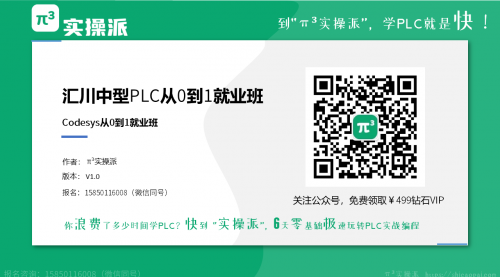 共31章节616课时
共31章节616课时
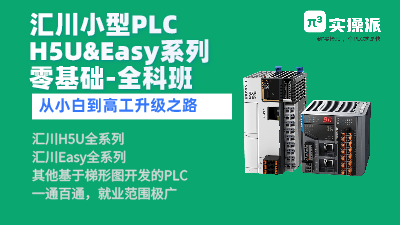 共30章节630课时
共30章节630课时
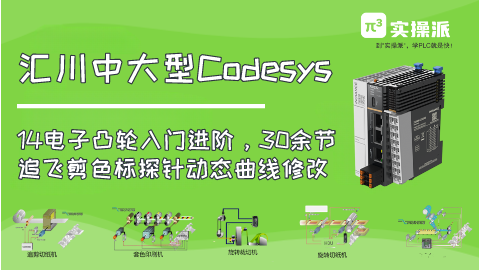 共9章节44课时
共9章节44课时
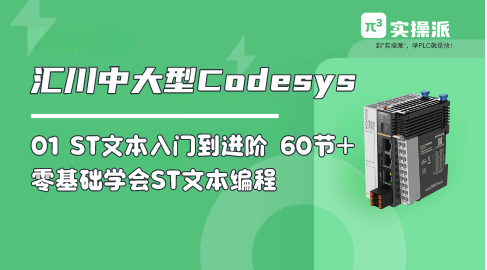 共5章节63课时
共5章节63课时
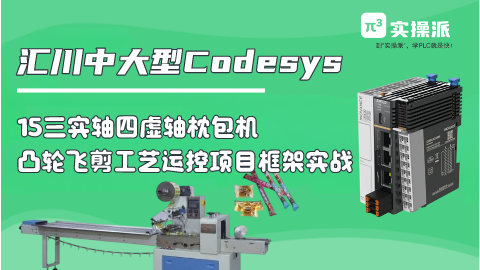 共6章节52课时
共6章节52课时
 共31章节616课时
共31章节616课时
 共9章节44课时
共9章节44课时
 共30章节630课时
共30章节630课时
 共5章节63课时
共5章节63课时
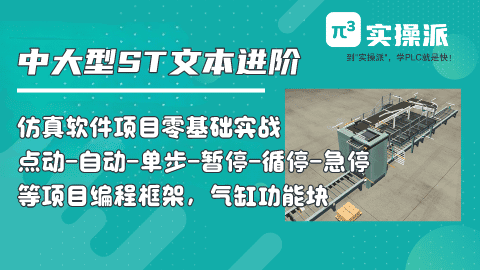 共4章节36课时
共4章节36课时
 共6章节52课时
共6章节52课时
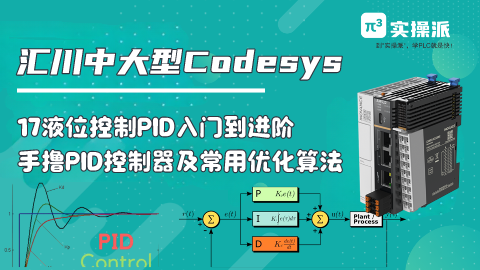 共4章节29课时
共4章节29课时
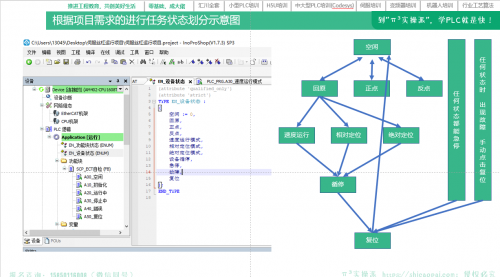 共3章节30课时
共3章节30课时
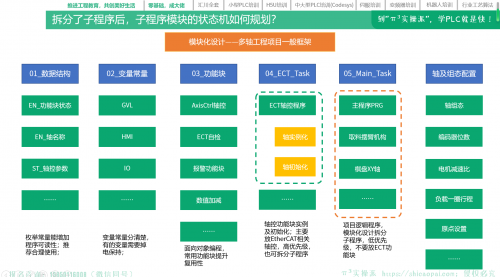 共3章节25课时
共3章节25课时
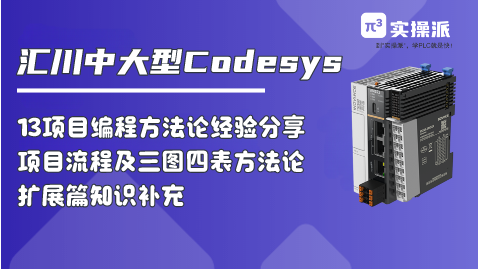 共3章节24课时
共3章节24课时
 共31章节616课时
共31章节616课时
 共9章节44课时
共9章节44课时
 共30章节630课时
共30章节630课时
 共5章节63课时
共5章节63课时
 共4章节36课时
共4章节36课时
 共6章节52课时
共6章节52课时
 共4章节29课时
共4章节29课时
 共3章节30课时
共3章节30课时
 共3章节25课时
共3章节25课时
 共3章节24课时
共3章节24课时